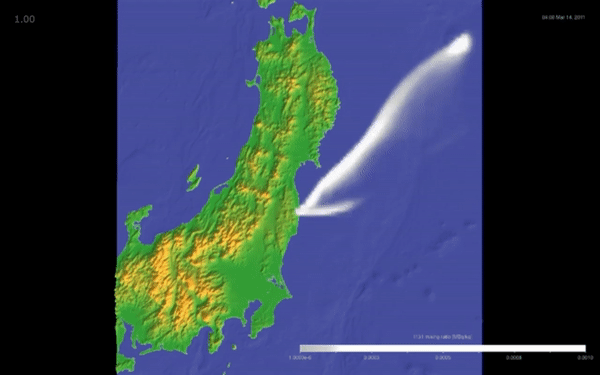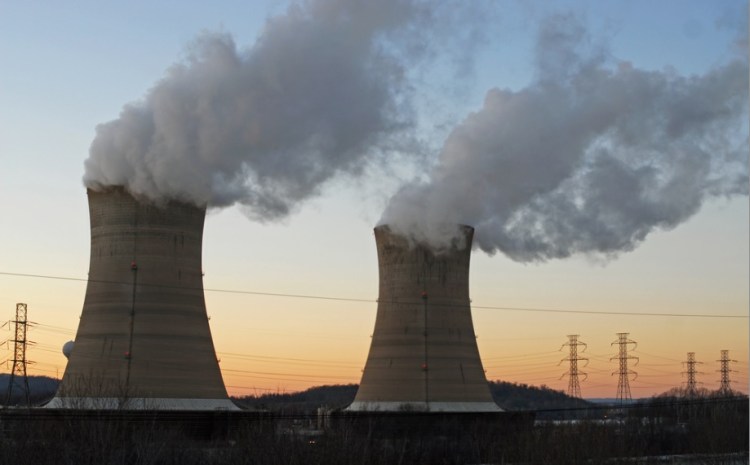Watch all the Transform 2020 sessions on-demand here.
In the aftermath of a nuclear meltdown like that at Fukushima Daiichi in 2011, wind and water currents spread radioactive debris far and wide, putting those within range at risk of exposure. The problem? Existing atmospheric modeling tools are considered highly unreliable, making it difficult for disaster response teams to prioritize which groups of people to evacuate.
Luckily, promising new research out of the University of Tokyo Institute of Industrial Science shows that the dispersion of radioactive material can be accurately predicted with the help of machine learning.
A team led by Takao Yoshikane, a project lecturer specializing in regional earth system modeling and a lead author on the paper published in the journal Scientific Reports, trained a neural network on years of weather pattern data to project routes that radioactive emissions might take. Impressively, the model was able to predict dispersion with at least 85 percent accuracy, and up to 95 percent accuracy when the team tweaked the parameters for winter weather patterns.

Above: An AI model predicts the spread of radioactive material.
“The fact that the accuracy of this approach did not decrease when predicting over 30 hours into the future is extremely important in disaster scenarios,” Yoshikane told Science Daily. “This gives authorities time to arrange evacuation plans in the most badly affected areas, and to issue guidance to people in specific areas about avoiding eating fresh produce and taking potassium iodide, which can limit the absorption of ingested radioactive isotopes by the body.”
June 5th: The AI Audit in NYC
Join us next week in NYC to engage with top executive leaders, delving into strategies for auditing AI models to ensure fairness, optimal performance, and ethical compliance across diverse organizations. Secure your attendance for this exclusive invite-only event.
The researchers wrote that AI-powered models might help governments plan for future disasters. Currently, because of the limited accuracy of today’s models, the Japanese government has said it will not use model predictions to determine future evacuation routes.
“To reduce the risk of exposure, the government should give warnings regarding the consumption of water and the distribution of farm products as early as possible when radioactive deposition occurs,” the researchers wrote. “However, taking appropriate action is challenging if no predictions are available.”


